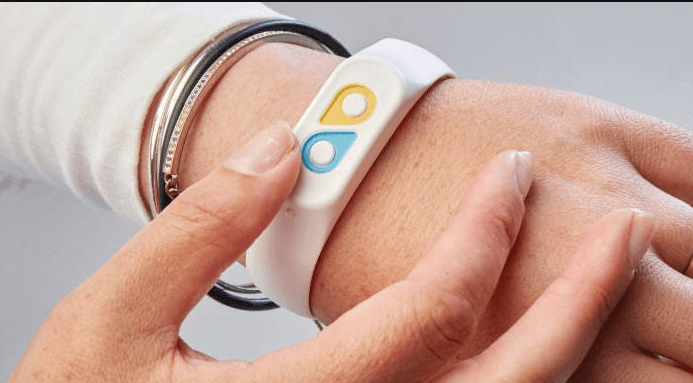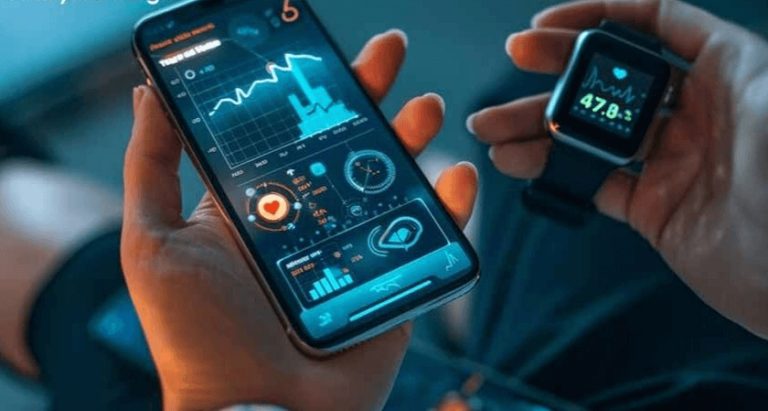Wearable Tech: Beyond Fitness Tracking
When wearable technology first gained popularity, it was largely associated with fitness trackers that counted steps, monitored heart rates, and measured calories burned. Fast-forward to 2025, and wearables have evolved into powerful, multifunctional devices that extend far beyond fitness tracking. From healthcare and workplace productivity to personal safety and entertainment, wearable tech is shaping the way we live, work, and interact with the digital world.
Let’s explore how wearable technology is going beyond fitness and transforming everyday life.
1. Healthcare Monitoring and Early Diagnosis
Wearables are becoming essential tools in healthcare.
- Continuous health tracking: Smartwatches now monitor blood oxygen levels, blood pressure, and even ECGs.
- Chronic illness management: Devices can track glucose levels for diabetics or detect irregular heart rhythms.
- Predictive diagnostics: AI-powered wearables can analyze patterns to warn users about potential health risks before they become serious.
Impact: Wearables aren’t just about fitness—they’re helping prevent medical emergencies and saving lives.
2. Mental Health and Stress Management
Mental well-being has taken center stage, and wearable devices are adapting.
- Stress tracking: Devices monitor cortisol levels or heart rate variability to detect stress.
- Mindfulness tools: Integrated apps guide users through breathing exercises and meditation.
- Sleep analysis: Advanced wearables track sleep stages and provide recommendations for better rest.
Impact: Mental health support is now accessible on your wrist or as a wearable band.
See also: The Best Smartphones of 2025: Features to Look For
3. Workplace Productivity and Safety
Enterprises are turning to wearable tech to improve both efficiency and safety.
- Smart glasses: Workers in industries like manufacturing and logistics use AR glasses for hands-free instructions.
- Location tracking: Wearables can monitor employee movements in hazardous environments to ensure safety.
- Fatigue detection: Sensors track worker alertness, preventing accidents in high-risk industries.
Impact: Companies are leveraging wearables to create safer, smarter, and more productive workplaces.
4. Payments and Digital Identity
Wearables are now an extension of digital wallets and ID systems.
- Contactless payments: Smartwatches and rings let users pay securely with a tap.
- Digital identity verification: Some devices store driver’s licenses, boarding passes, or access cards.
- Enhanced security: Biometric authentication like fingerprint or vein scanning is becoming standard.
Impact: Wearables make transactions faster and safer, replacing the need for cash or cards.
5. Personal Safety and Security
Wearables are providing peace of mind for individuals and families.
- Emergency alerts: A double-tap can send SOS messages with GPS location.
- Fall detection: Devices automatically contact emergency services if a severe fall occurs.
- Children and elderly monitoring: Smart bands track location, ensuring safety for vulnerable family members.
Impact: Wearable tech is becoming a digital safety net for loved ones.
6. Entertainment and Augmented Reality
Wearables are also transforming how we consume entertainment.
- AR/VR headsets: Immersive gaming, 3D movies, and interactive experiences.
- Smart earbuds: Offer spatial audio, real-time translation, and voice assistants.
- Fashion-forward wearables: Smart jewelry and clothing with embedded tech combine style with function.
Impact: Wearables make entertainment more immersive and personalized than ever before.
7. Environmental and Lifestyle Awareness
Beyond health and productivity, wearables are being used for sustainability and lifestyle improvements.
- Air quality sensors: Devices warn users about pollution or allergens.
- UV sensors: Alert users when they’ve had too much sun exposure.
- Hydration reminders: Smart bottles and wristbands ensure users maintain healthy water intake.
Impact: These features help people make more informed lifestyle and environmental choices.
Conclusion
Wearable technology is no longer limited to step counters or calorie trackers. In 2025, it is an ecosystem of devices designed to improve health, safety, productivity, and entertainment. As wearables continue to evolve, they will become even more integrated into our daily lives, seamlessly connecting the digital and physical worlds.
The future of wearables is about empowerment—helping people live healthier, safer, and more connected lives beyond fitness tracking.



